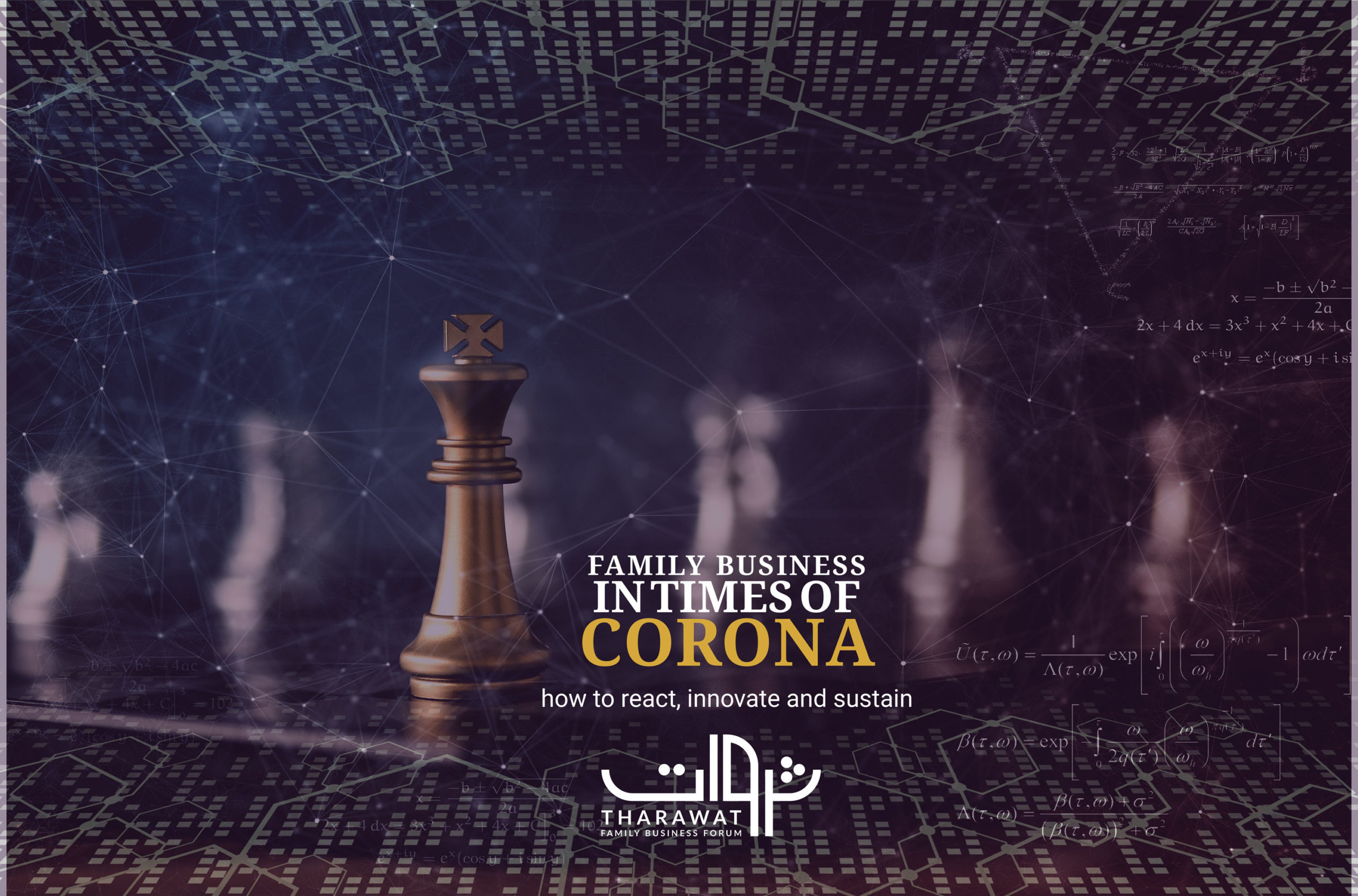
Managing COVID-19 Requires a Proactive Approach
We’ve been grappling with the fallout from COVID-19 for long enough to now know that this fight is just beginning. The challenges we’ve faced over the last weeks and months are not fleeting. Instead, this economic climate is the new normal.
Many businesses have been reactive and are just now catching up with the stark reality of COVID-19’s impact on their sustainability. As such, changing gears is more crucial than ever; the current situation demands a measured, proactive approach, not a reaction.
Businesses must prepare themselves so that their stakeholders are safe, their critical processes aren’t disrupted, their activities match their core focus and their supply chains are diversified enough to serve them long into the future:
Ensure the well-being of employees and customers.
Adhering to the guidelines of the World Health Organization and local Health Authorities is just a start. Regular and pro-active communication with both employees and customers is critical to successfully ensure transparency, raise awareness, address concerns and provide reassurance.
Manage challenges associated with travel restrictions and mass absenteeism.
In an effort to slow the spread of the virus, authorities and governments have introduced travel restrictions and closed borders. Schools, nurseries and universities have been temporarily closed in many countries. Some of these measures will likely to lead to absenteeism as employees with families struggle to find childcare.
It is essential that businesses manage these challenges with flexibility and empathy. All businesses around the world are being impacted; all populations are being affected and emotions are, unfortunately, running high.
Leaders can send the right message to their employees by adapting internal policies and introducing flexible measures, including the possibility of remote work.
Mitigate operational and financial impacts to ensure resilience.
Businesses must identify key disruptions to pro-actively assess the extent of the damage. Examine the entire supply chain and business model in the short, medium and long-term. Try running various stress-testing scenarios that are aligned with global pandemic risk assessments and evolution assumptions.
It is crucial that leaders identify the worst-case scenarios and work backwards in terms of mitigating them. Based on the identified impact, organisations should define their key priorities and align their business focus correspondingly. From there, proactive cost containment measures should be introduced.
Focus on deferring any non-critical activity as well as any activities that do not fit with the realigned business priorities. Such an exercise presents an opportunity for refocusing on the business’s core. It is always important to strike a balance between immediate requirements in terms of risk mitigation and cost containment with the future growth plans of the business. The earlier such assessments are carried out, the more likely they are to identify and preempt additional business implications effectively.
Identify alternate suppliers.
One key insight of this pandemic has been the global economic dependency on a single country: China.
Diversification in supply chain should be the new order of the day.
In the short term, insurance may be a recovery solution for loss of revenue. Certain policies include compensation for loss of gross profits because of infectious diseases. However, this of type interruption, outside of traditional property damage, is typically quite onerous and capped to sub-limits.
It’s critical to note: none of these measures are possible without the proper mindset. A proactive approach requires perspective; take a momentary step back to reassess the situation from a place of reason. Keep calm and do not give in to panic.
Much of the economic disruption associated with COVID-19 is fear-based. The disease itself has caused far less damage to businesses than the fear surrounding it. Counter this fear by being proactive; introduce risk mitigation measures that effectively contain the disruption without jeopardising future growth.